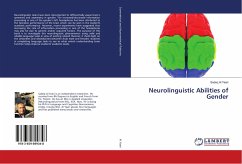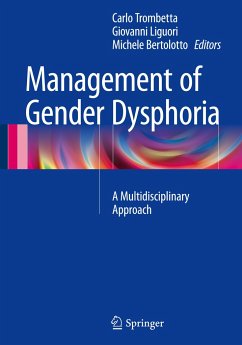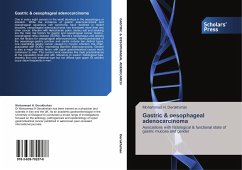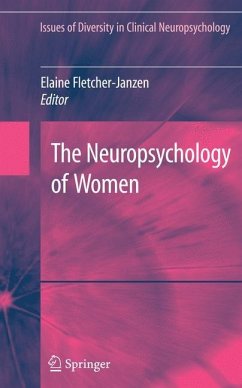
Neurolinguistic Abilities of Gender
Versandkostenfrei!
Versandfertig in 6-10 Tagen
59,99 €
inkl. MwSt.

PAYBACK Punkte
30 °P sammeln!
Neurolinguistic tasks have been documented to differentially assess brain's symmetry and asymmetry in gender. The increased/decreased information processing in one of the gender's left hemispheres has been attributed to the fast/slow performance of the brain which can be seen in the student's academic performance. However, recent experiments have suggested that increasing the rate of information processing in one of the hemispheres may also be due to genetic and/or acquired factors. The purpose of this book is to investigate this neurolinguistic phenomenon using valid and reliable language tas...
Neurolinguistic tasks have been documented to differentially assess brain's symmetry and asymmetry in gender. The increased/decreased information processing in one of the gender's left hemispheres has been attributed to the fast/slow performance of the brain which can be seen in the student's academic performance. However, recent experiments have suggested that increasing the rate of information processing in one of the hemispheres may also be due to genetic and/or acquired factors. The purpose of this book is to investigate this neurolinguistic phenomenon using valid and reliable language tasks in view of existing related theories. It sheds light on the similarities and dissimilarities between Arab male and females' students in completing language tasks to see to what extent understanding brain function helps improve students' academic levels.












